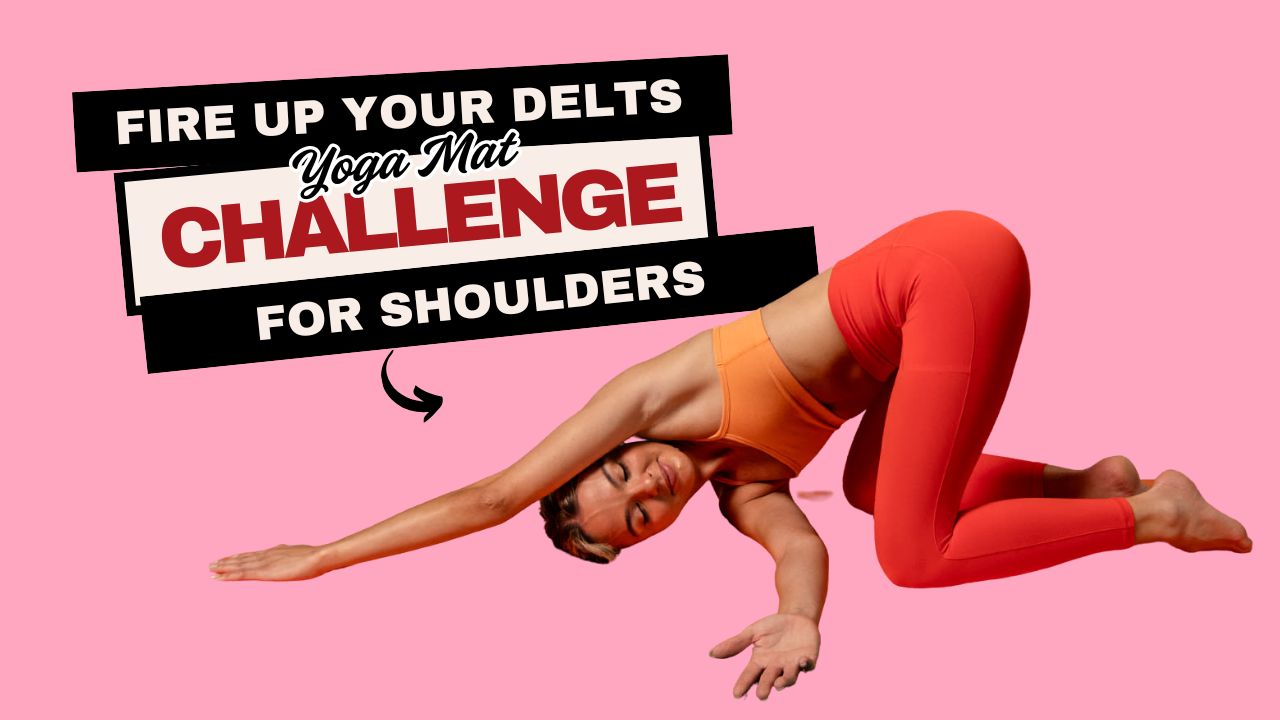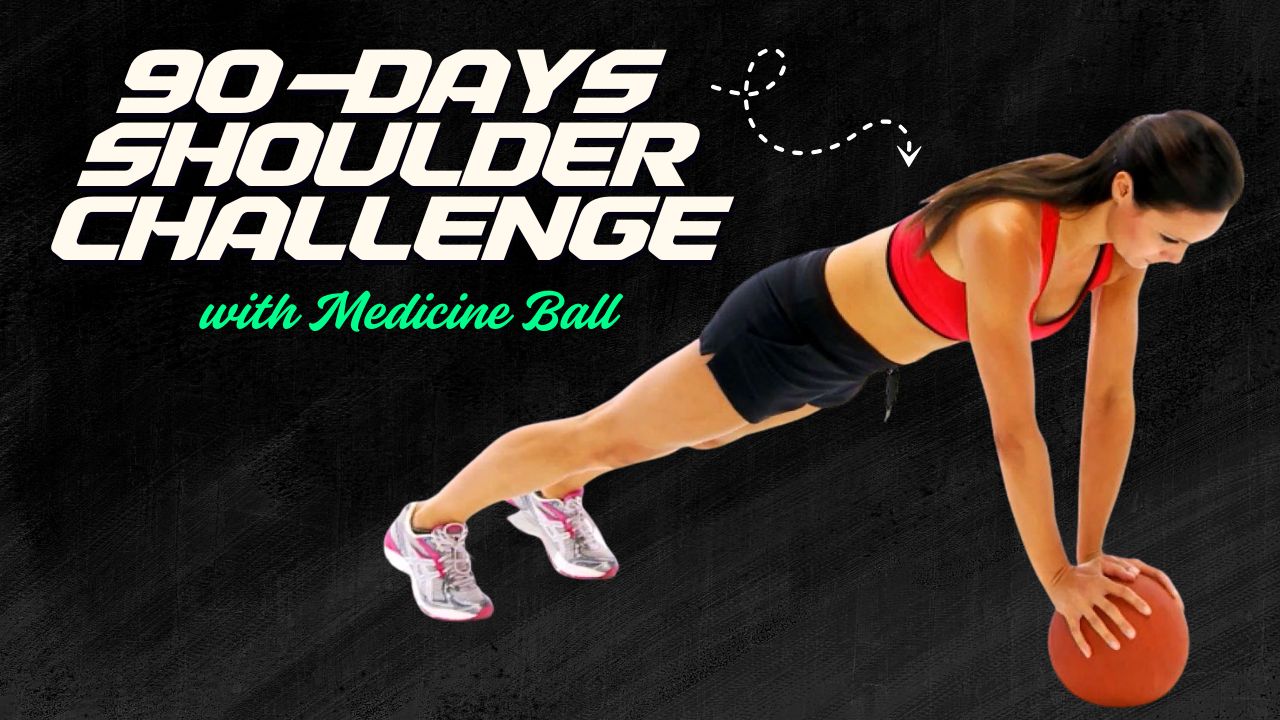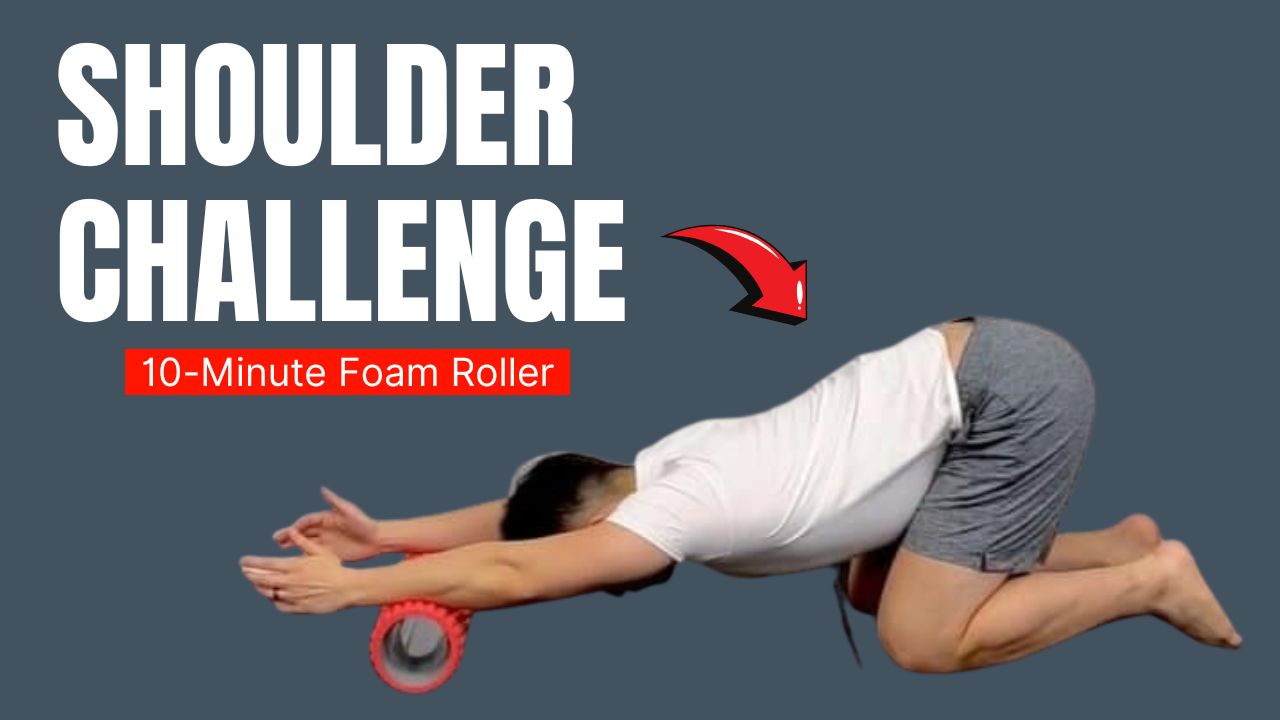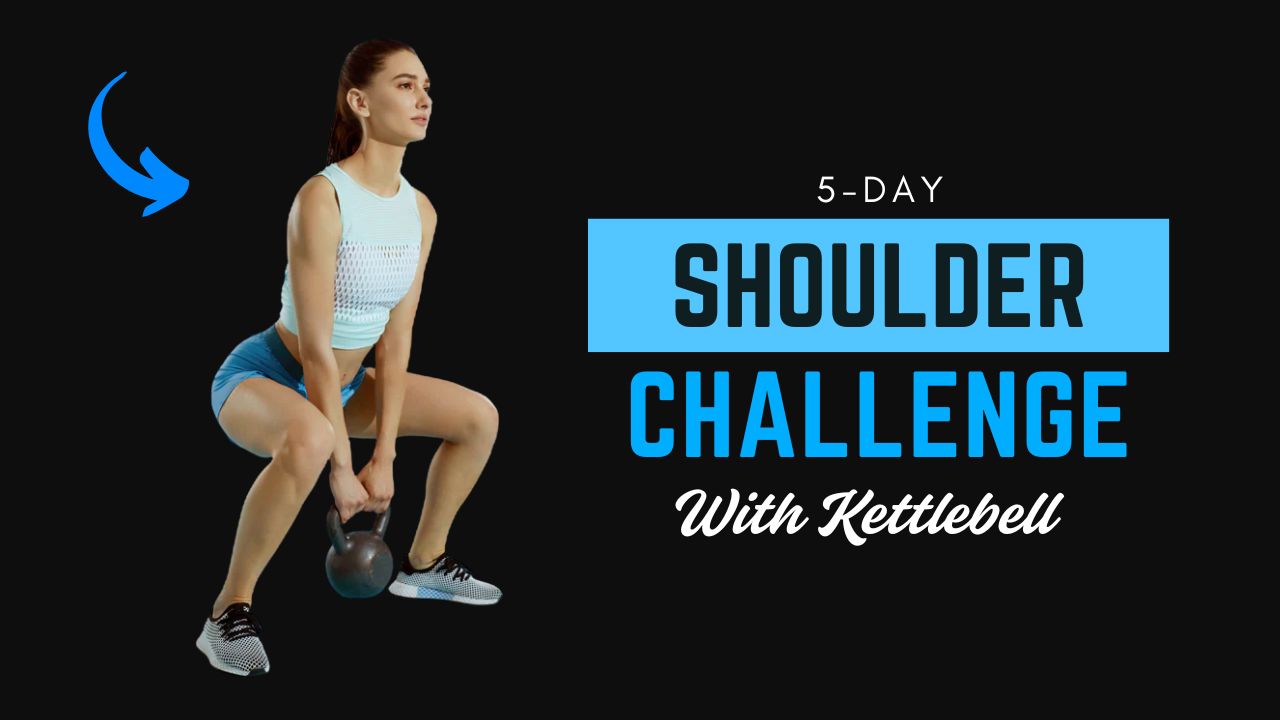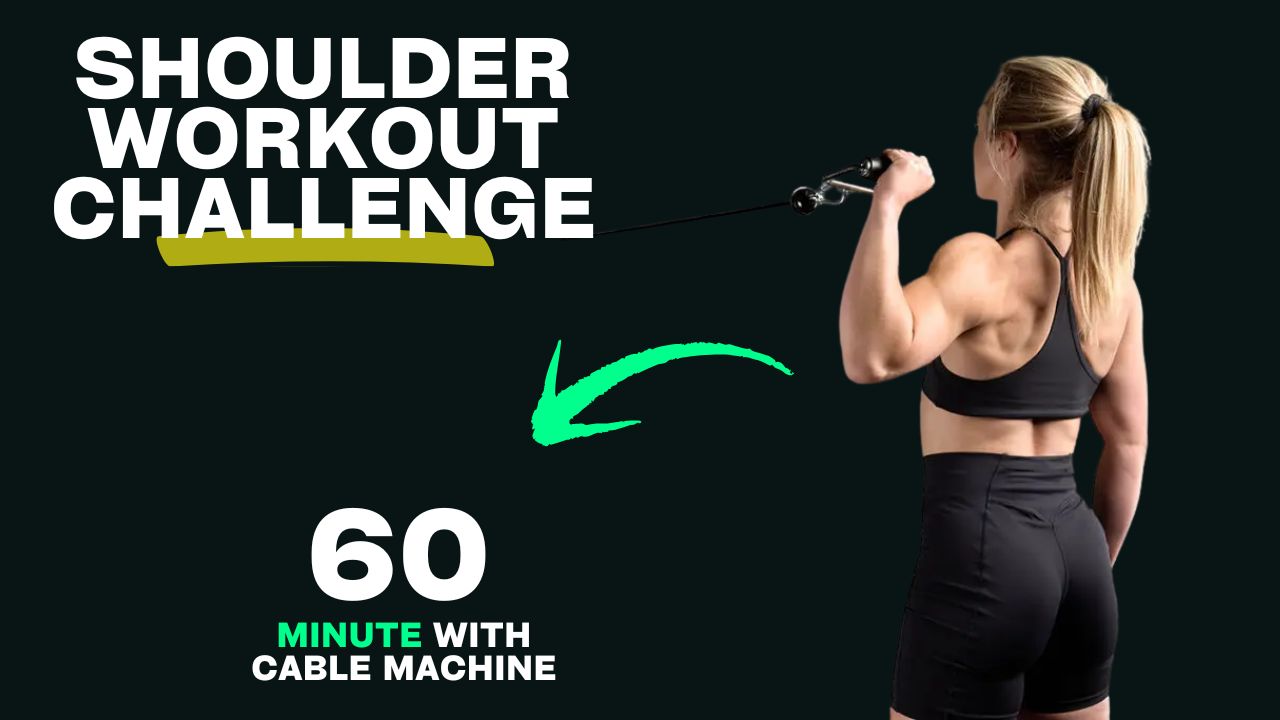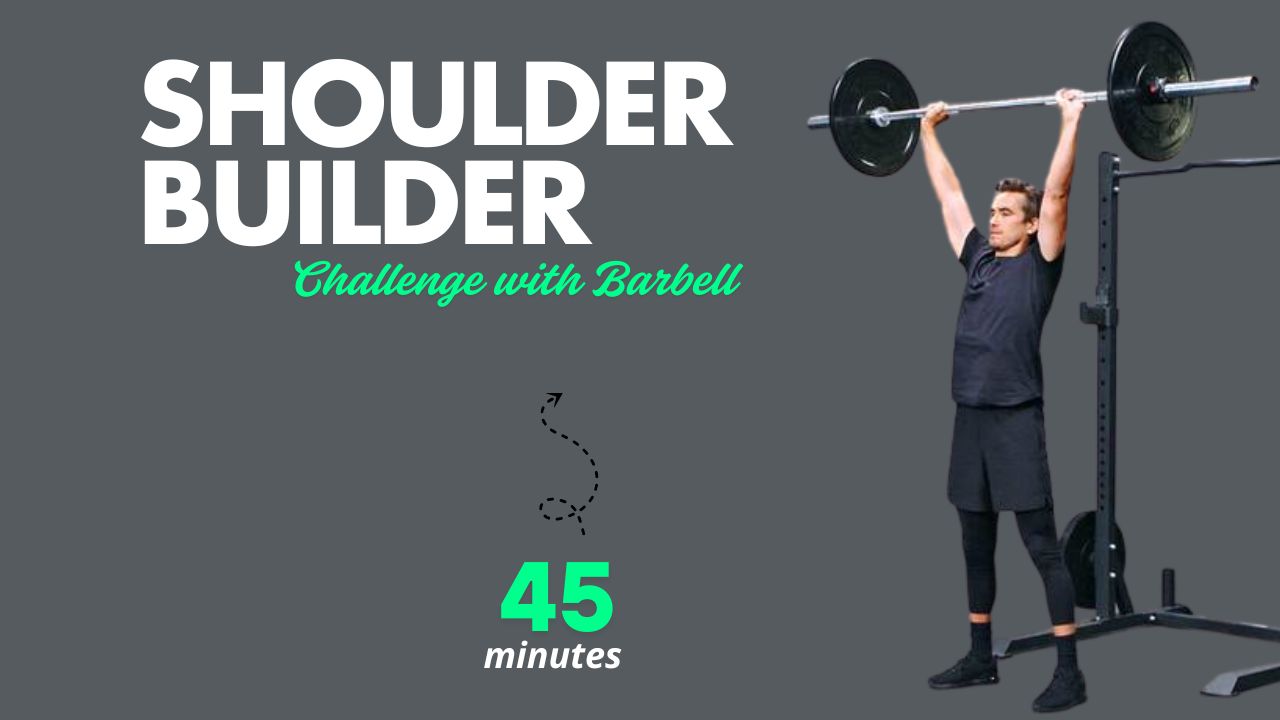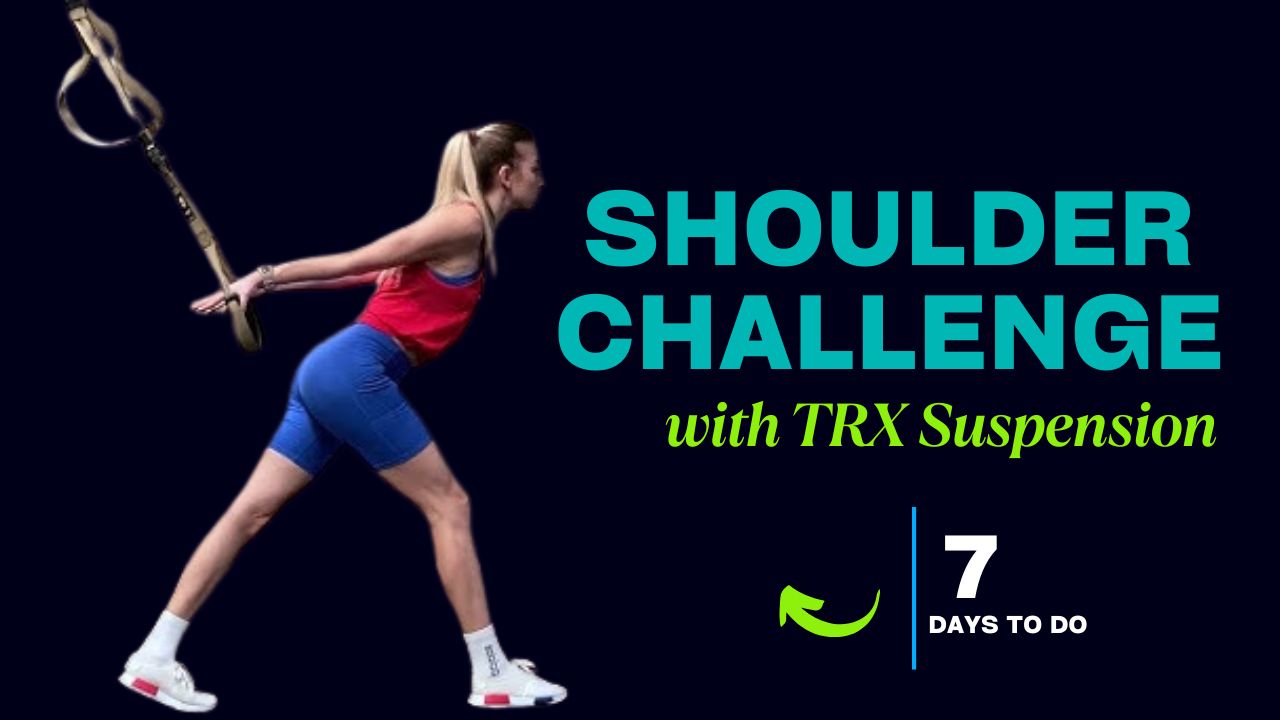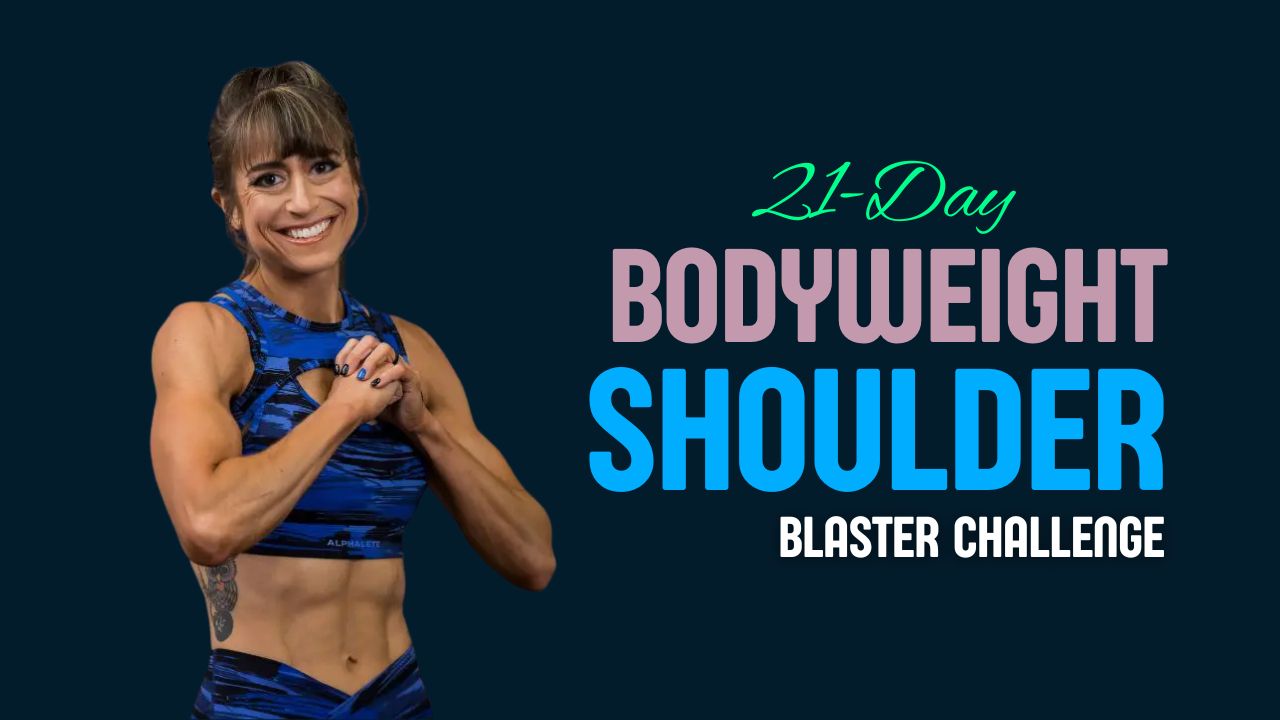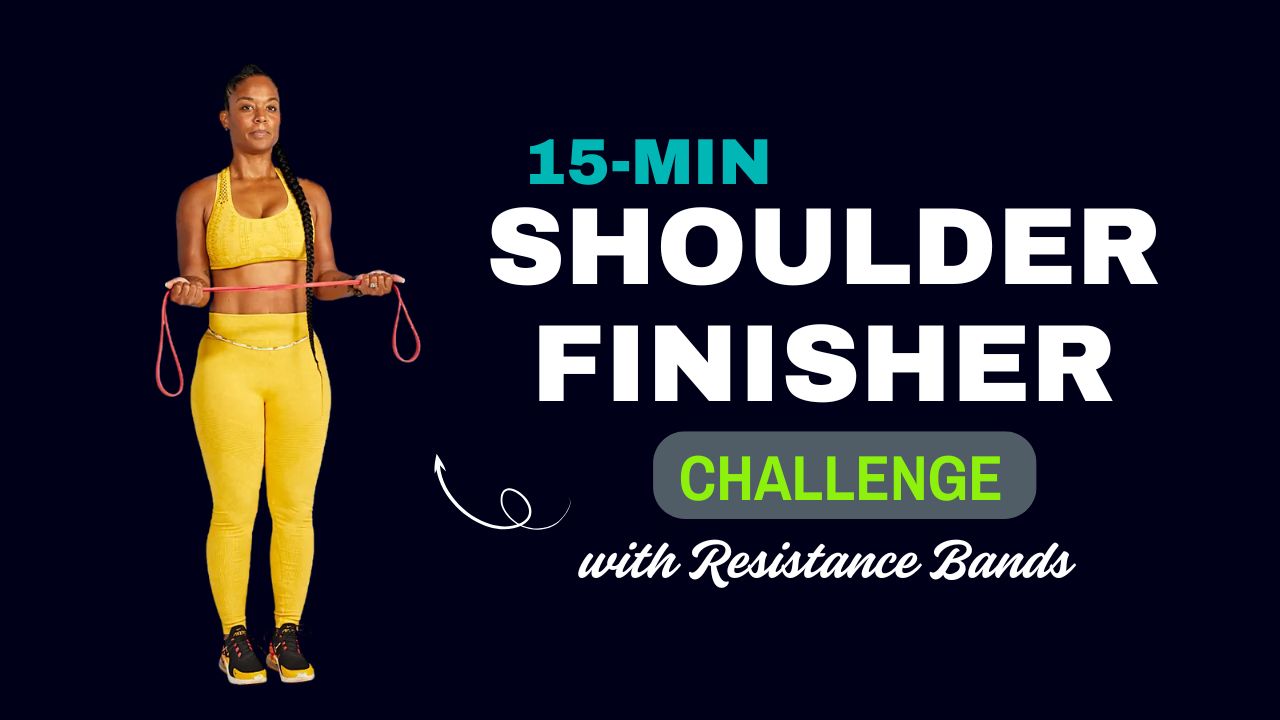Ever heard the saying, “Back wins the show?” That’s because a wide, thick back doesn’t just scream strength—it commands attention. Whether you’re chasing the classic V-taper, trying to boost your deadlift, or simply want to improve posture and stability, your back is the foundation.
Here’s something most gym-goers miss: Machines and cables are great, but barbells are the king when it comes to raw-back development.
These compound lifts not only overload the muscles but also engage stabilizers, build grip strength, and increase core activation.
In this guide, we’ll break down 11 of the most effective barbell exercises to carve out a thicker, more muscular upper body, with clear steps, benefits, and pro tips. Ready to build that beast mode back?
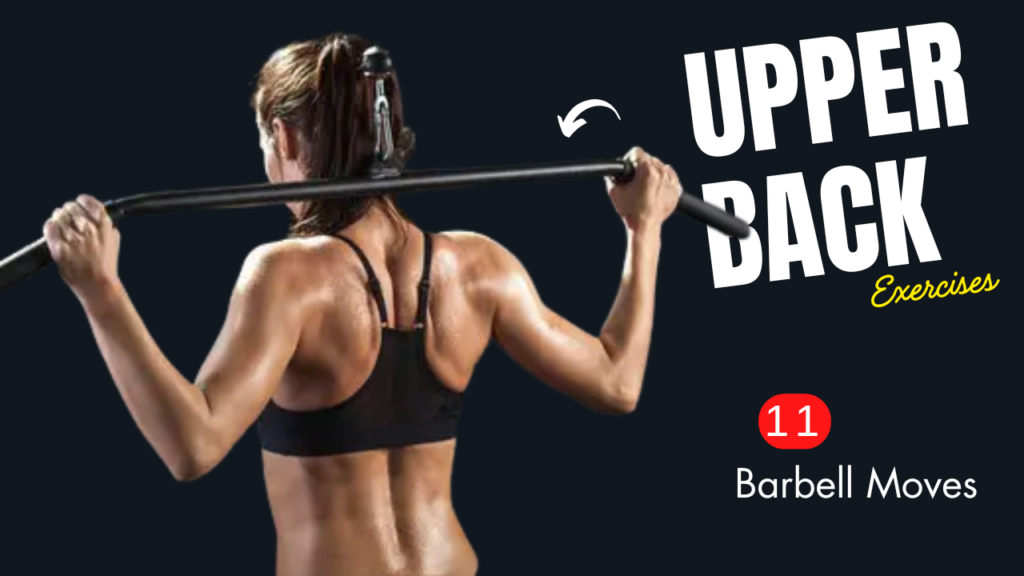
Table of Contents
What Can Happen After 30 Days of Barbell Back Training
| Visible & Physical Changes | Performance & Strength Gains |
|---|---|
| Noticeable increase in upper back thickness and definition | Improved strength in compound lifts like deadlifts and rows |
| Slight increase in shoulder-to-waist ratio (V-taper begins) | Better muscle activation and mind-muscle connection during pulls |
| Clothes fit tighter around traps, lats, and upper back area | Enhanced grip strength and barbell control |
| Improved posture with more upright standing and walking | Faster recovery and better lifting endurance |
| Reduced back fat appearance due to increased muscle engagement | Increased core stability and reduced lower back strain |
Also Read: 12 At-Home Lower Back Exercises Using Just Bodyweight
Barbell Back Training: Do’s & Don’ts
| Do’s | Don’ts |
|---|---|
| Warm up properly with dynamic movements and light sets | Jump straight into heavy lifting without prepping your muscles |
| Focus on form over weight—quality reps build better muscle | Use momentum or cheat reps just to lift heavier |
| Keep your back neutral and core engaged on every lift | Round your spine or let your chest collapse during exercises |
| Use a full range of motion and controlled tempo | Rush through sets or “bounce” the bar off the floor or body |
| Incorporate both horizontal (rows) and vertical (pulling) barbell lifts | Only do one type of movement repeatedly |
| Mix up grip positions (overhand, underhand, wide, narrow) | Stick to the same grip every time—it limits development |
| Rest adequately between sets (60–90 sec for hypertrophy) | Neglect rest and fatigue your muscles too soon |
| Track progress by logging reps, sets, and weight | Rely on memory—lack of tracking stalls progress |
| Stretch and foam roll post-workout to reduce tightness | Skip cooldown and mobility work—it leads to stiffness |
| Start light if you’re new or returning after a break | Ego lift—risking injury for the sake of pride |
1. Barbell Bent-Over Rows
Muscles Targeted: Lats, rhomboids, traps, lower back
How to:
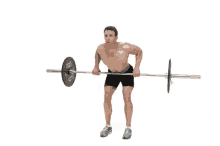
- Grab a barbell with an overhand grip, slightly wider than shoulder-width.
- Hinge at your hips, keeping your back straight and chest up.
- Pull the barbell toward your lower ribs while squeezing your shoulder blades.
- Lower under control and repeat.
Did you know? Bent-over rows mimic the pulling motion used in rowing sports—no wonder they’re a favorite for athletes!
Benefits:
- Boosts thickness and strength through the mid-back.
- Enhances posture by balancing pressing movements.
- Increases pulling power for lifts like deadlifts.
Also Read: 11 Abductor Exercises Using Equipment That Boosts Hip Strength
2. Pendlay Rows
Muscles Targeted: Lats, traps, rear delts
How to:

- Set up similar to a bent-over row, but let the bar rest on the ground between reps.
- Explosively pull the bar to your upper abs, pause, and then lower.
Benefits:
- Builds explosive power from a dead stop.
- Reinforces strict form due to no momentum.
3. Barbell Deadlifts
Muscles Targeted: Entire posterior chain – back, glutes, hamstrings
How to:

- Stand with mid-foot under the bar, feet hip-width apart.
- Hinge down and grip the bar just outside your knees.
- Keep a flat back, engage the core, and drive through the floor to lift.
- Lockout at the top and return under control.
Myth Buster: Many think deadlifts are just for glutes and hamstrings—but they are one of the best exercises to build spinal erectors and trap thickness too.
Benefits:
- Builds overall back mass and strength.
- Reinforces correct spinal alignment.
- Transfers strength to other compound lifts.
4. T-Bar Row (Barbell Setup)
Muscles Targeted: Mid-back, lats, rhomboids
How to:
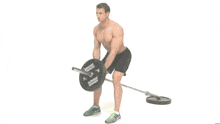
- Secure one end of a barbell in a corner or landmine.
- Load plates on the free end.
- Straddle the bar and use a close grip (V-handle) under the bar.
- Row toward your chest and squeeze your back at the top.
Benefits:
- Excellent for building depth in the upper back.
- Safer on lower back compared to traditional rows.
Also Read: 12 Best Bodyweight Adductor Exercises To Sculpt Your Inner Thighs
5. Barbell Shrugs
Muscles Targeted: Trapezius (upper)
How to:
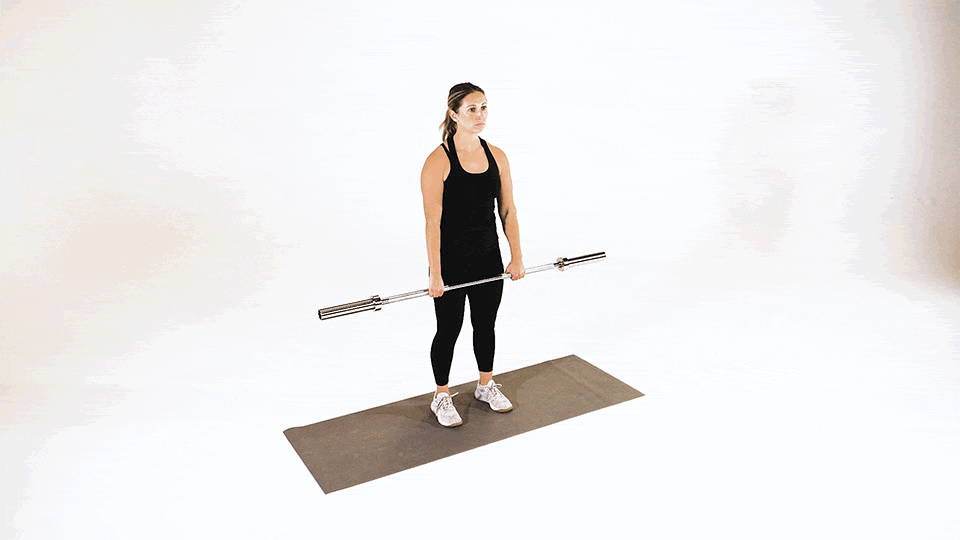
- Hold a barbell in front of you with a shoulder-width grip.
- Without bending your elbows, shrug your shoulders as high as possible.
- Hold briefly, then lower.
Benefits:
- Enhances trap size and neck support.
- Completes the “yoked” look.
6. Snatch-Grip Deadlifts
Muscles Targeted: Traps, lats, spinal erectors
How to:
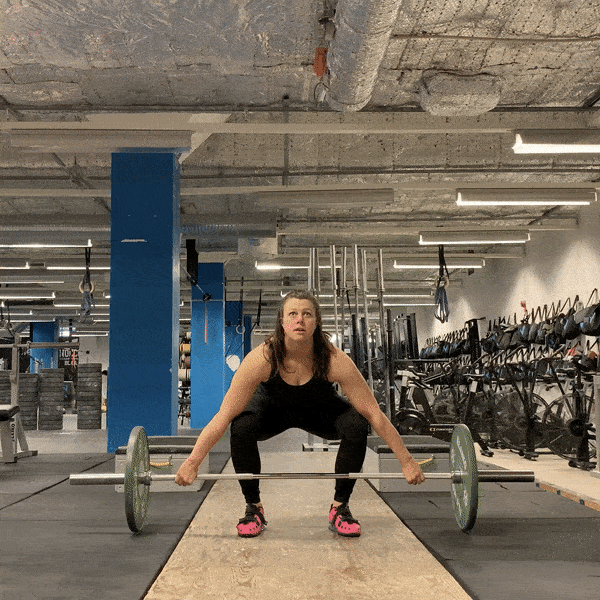
- Use a wide (snatch-width) grip on the bar.
- Perform a deadlift as normal, but the wider grip increases back engagement.
Interesting Fact: Olympic weightlifters often have some of the thickest upper backs—this move is part of the reason why.
Benefits:
- Great for upper back hypertrophy.
- Improves grip strength significantly.
7. Barbell Seal Rows
Muscles Targeted: Middle back, lats, rhomboids
How to:

- Lie face-down on a flat bench with a barbell below.
- Row the barbell up toward your chest, pause, and lower slowly.
Benefits:
- No momentum—pure back activation.
- Safer for the lower back since there’s no spinal loading.
Also Read: 10 Must-Try Trapezius Exercises Using Gym Equipment You’re Underusing
8. Barbell Meadows Row
Muscles Targeted: Lats, obliques
How to:

- Set up a landmine with a barbell.
- Stand sideways to the bar and grab the end with one hand.
- Hinge at the hips and row the bar in a sweeping motion toward your hip.
Benefits:
- Emphasizes the stretch and contraction of the lats.
- Great unilateral (one-side) training to fix imbalances.
9. Barbell Inverted Rows (Smith Machine or Rack Setup)
Muscles Targeted: Lats, traps, rear delts, arms
How to:

- Position a bar at waist height in a rack.
- Lie underneath and grip it with an overhand grip.
- Keep your body straight and pull your chest to the bar.
Benefits:
- Bodyweight-friendly variation using a barbell.
- Builds endurance and back activation for beginners.
10. Yates Row (Underhand Barbell Row)
Muscles Targeted: Lats, biceps, traps
How to:
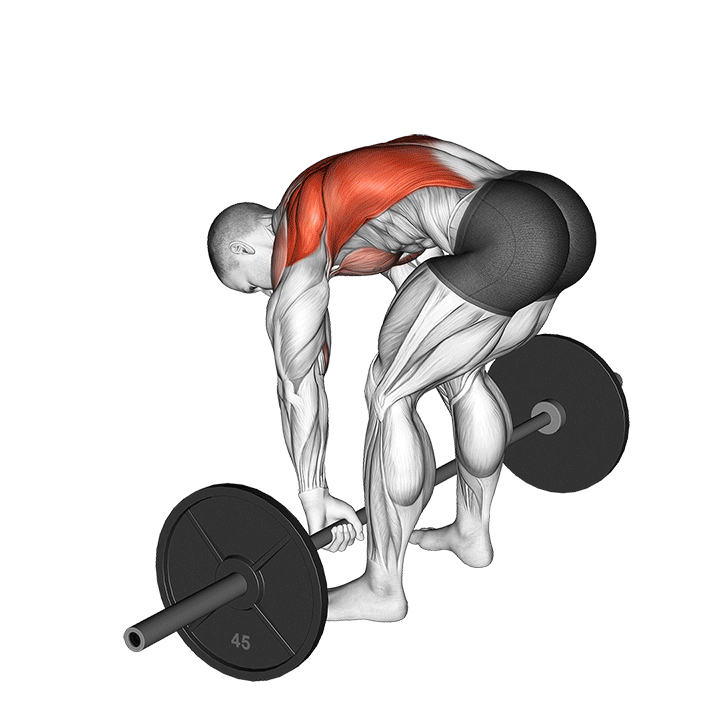
- Use an underhand grip, and torso at a 45-degree angle.
- Row the bar to your lower abs while keeping your elbows close.
Pro Tip: Keep your back slightly more upright than standard rows to hit the lats deeper.
Benefits:
- Greater range of motion for lats.
- Adds arm involvement for better mind-muscle connection.
Also Read: 16 Advanced Bodyweight Shoulder Exercises to Build Boulder Shoulders
11. Rack Pulls
Muscles Targeted: Upper traps, spinal erectors, lats
How to:
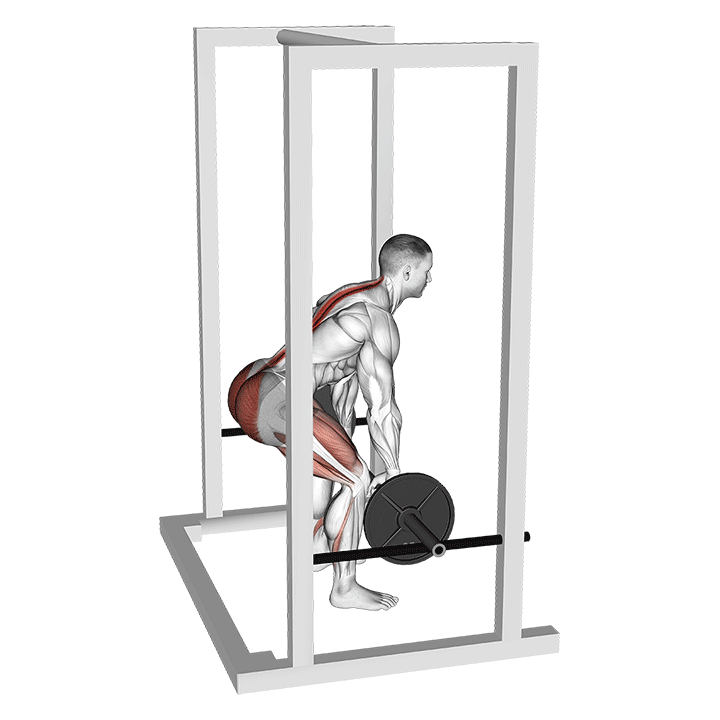
- Set the barbell on safety pins in a rack at the knee or mid-thigh level.
- Use a deadlift stance and pull the bar upward, locking out at the top.
Benefits:
- Builds the top-end strength of deadlifts.
- Great for trap thickness and grip power.
Final Thoughts:
A powerful back isn’t just for show—it’s functional, foundational, and a true symbol of strength. These 11 barbell exercises target every inch of your posterior chain, from the base of your neck to the top of your glutes.
Whether you’re a beginner or a seasoned lifter, integrating these movements with proper form and progression will skyrocket your back gains. Don’t neglect your back—it’s your anchor in almost every lift.
Also Read: 15 Bodyweight Glute Exercises to Sculpt a Peachy Booty
Frequently Asked Questions (FAQs)
How many barbell back exercises should I include in one workout?
It’s best to pick 3 to 5 exercises per session. Focus on balancing volume, intensity, and recovery. For example, one heavy compound (like deadlifts), one row variation, one trap-focused movement, and a finisher work well.
Can beginners do all of these barbell exercises?
Not all at once, but most are beginner-friendly with proper form and light weights. Start with basics like bent-over rows and inverted rows before progressing to more technical lifts like Pendlay rows or snatch-grip deadlifts.
How often should I train back with barbells per week?
1–2 times per week is ideal for most people. Allow 48–72 hours of recovery between sessions to prevent overtraining and support muscle growth.
Are barbell back exercises better than machines or dumbbells?
Barbells allow for heavier loading and compound movement patterns, which make them great for building size and strength. Machines and dumbbells can complement your routine by targeting muscles in different ways and reducing joint stress.
Do barbell exercises help in building a V-taper physique?
Absolutely. Barbell exercises, especially rows and deadlifts, are essential for developing lat width and mid-back thickness, which shape the classic V-taper look.
Can I do barbell back exercises at home?
Yes, if you have a barbell, weight plates, and a rack or setup that supports safe lifting. Movements like bent-over rows, shrugs, and even T-bar rows (with DIY setups) are doable at home.
What’s the difference between bent-over rows and Pendlay rows?
Bent-over rows involve continuous tension with no full reset between reps. Pendlay rows require a dead stop on the ground each rep, emphasizing explosive strength and strict form.
Which barbell back exercise is best for thickness?
Deadlifts and bent-over rows are top-tier for thickness due to their heavy loading and multiple muscle engagement.
Which barbell exercise helps with back width the most?
Yates rows and Meadows rows are great for targeting the lats, which are crucial for building width.
What’s the biggest mistake people make when training back with barbells?
Using too much weight and poor form. Common mistakes include rounding the back, jerking the weight, and not engaging the target muscles properly.
